How to change the personality of your kitchen with a fresh coat of paint
To accompany the launch of her new paint collection for Plain English, interior designer Rita Konig reveals the secrets of choosing colour for kitchens.
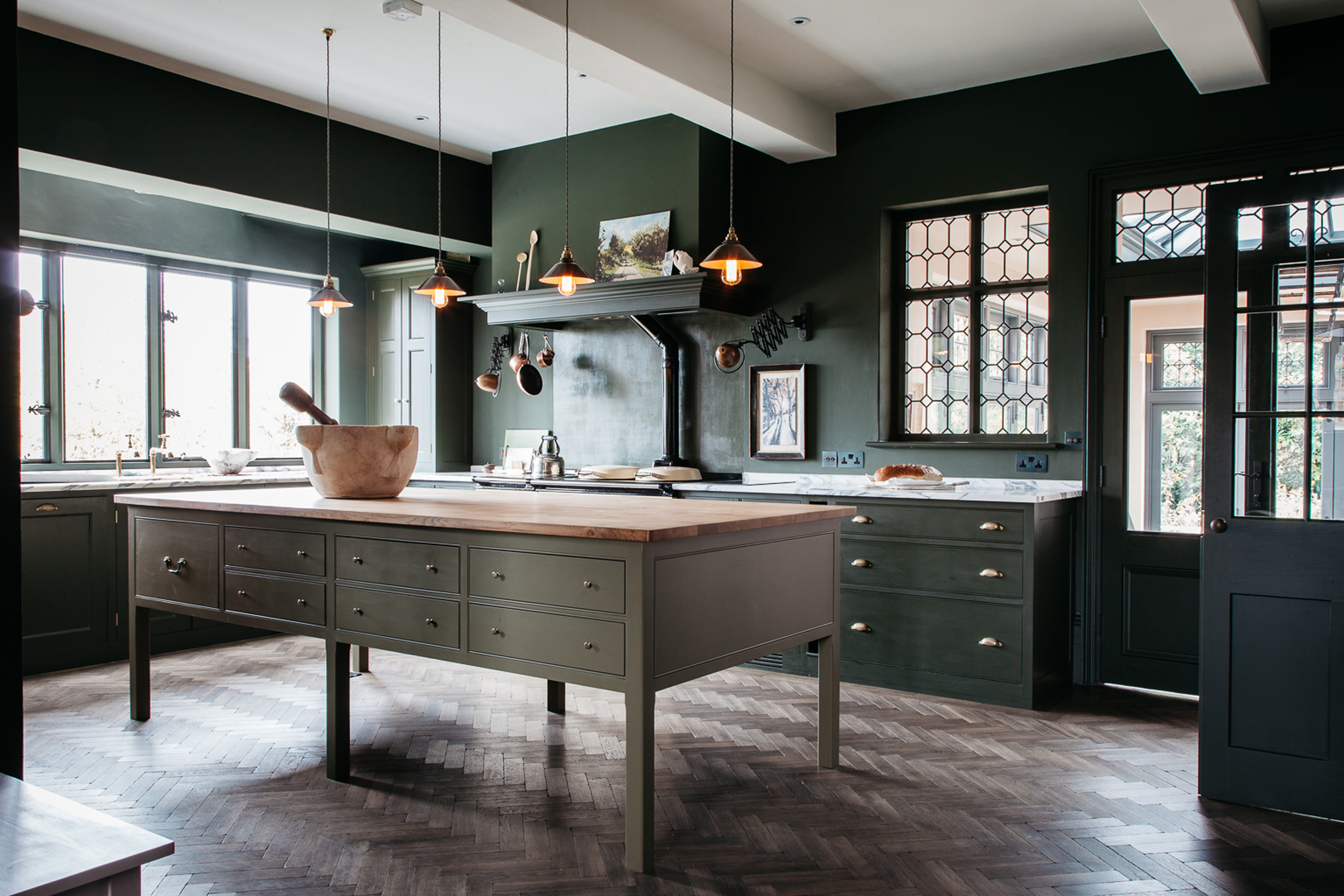

Colour is key to creating the personality of a room.
Compare an all-white kitchen with the same space painted in bold, dramatic tones: they will each have a completely different character. I’m excited by combinations of colour and my paint collection was planned to work in groups of three: an under-the-counter colour, a wall colour and an upper-cabinet colour.
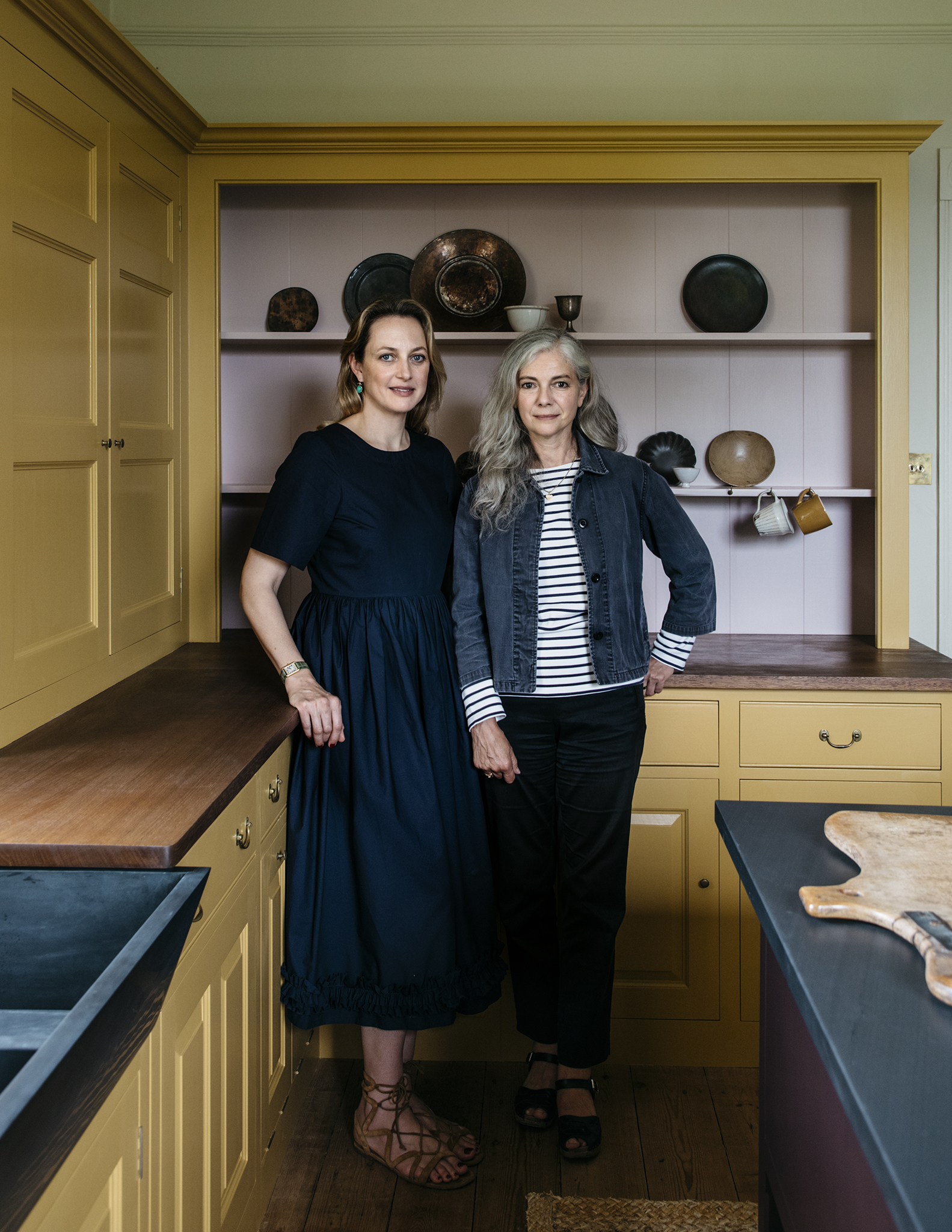
This could be a strong star colour, a softer shade and one that will add some punch. For example, Silver Polish, a soft neutral, is a good wall colour, particularly when paired with cupboards in warm, orange Medlar Jelly and an island in deep moody Burnt Toast or stools in inky-blue Bib and Braces.
Another way to use colour is to paint all the cupboards in one shade and then use a foil colour on the interior. In this way, you see a flash of interest as you open a cupboard door. Colour drenching – painting every surface of a small room in one bold colour – can be very successful. Colours behave differently in eggshell, gloss and emulsion paints, so a mix of finishes can add interest, too.
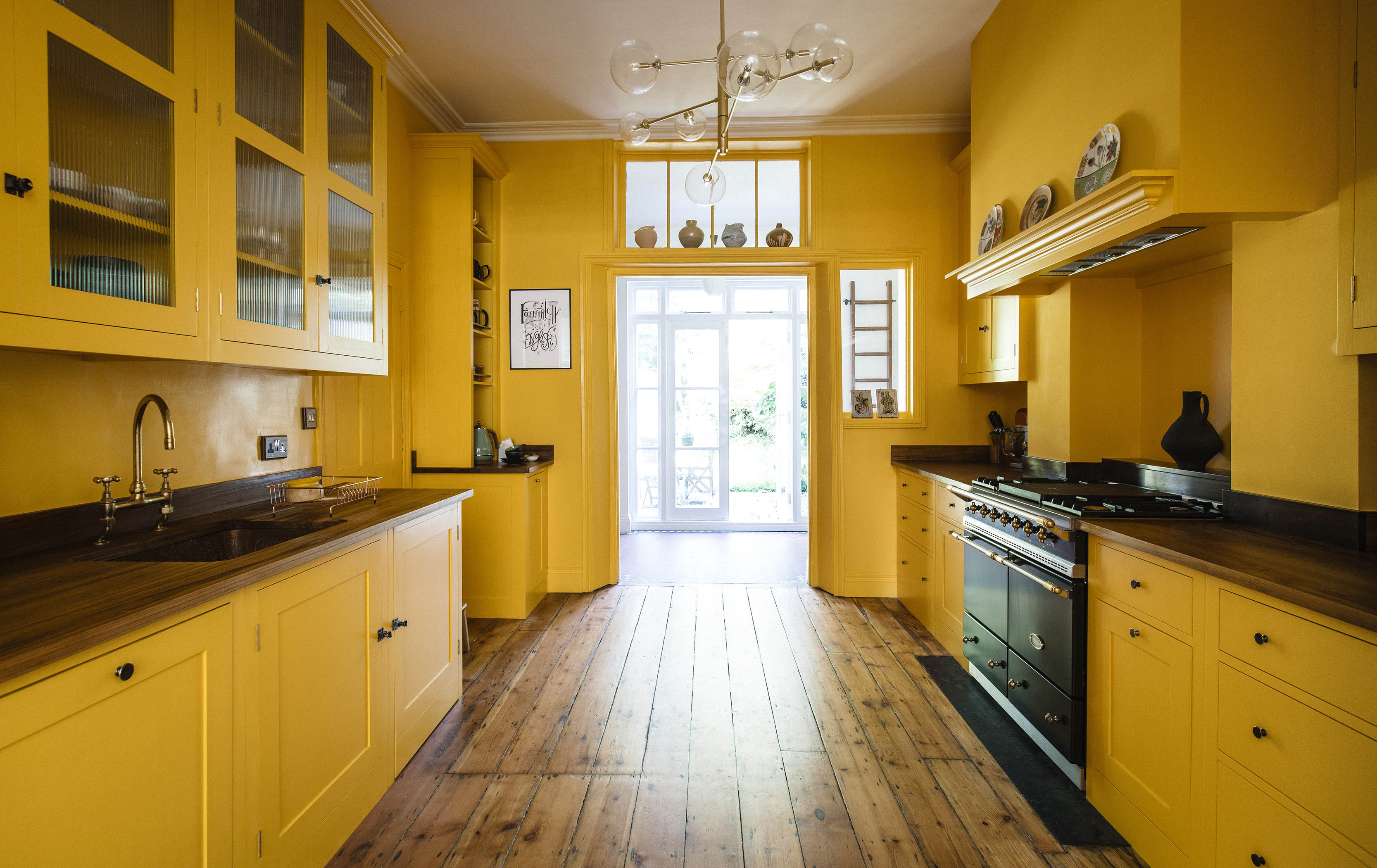
If you feel the colour scheme is getting too complicated, reel it back until you feel more comfortable.
More people feel nervous of colour than confident, so my advice is to start calmly and add more shades, when and if you wish. Painting an island in a different hue to the wall cabinets is a good place to start. You could add bar stools in a punchy colour as the next step.
Avoid ‘porridge-y’ schemes with too many sludgy neutrals. Add an accent colour – it doesn’t have to be dark or bold, but it does need to be crisp, such as Cotton Pinny (a fresh, light blue), to lift a room and bring it to life.
Sign up for the Country Life Newsletter
Exquisite houses, the beauty of Nature, and how to get the most from your life, straight to your inbox.
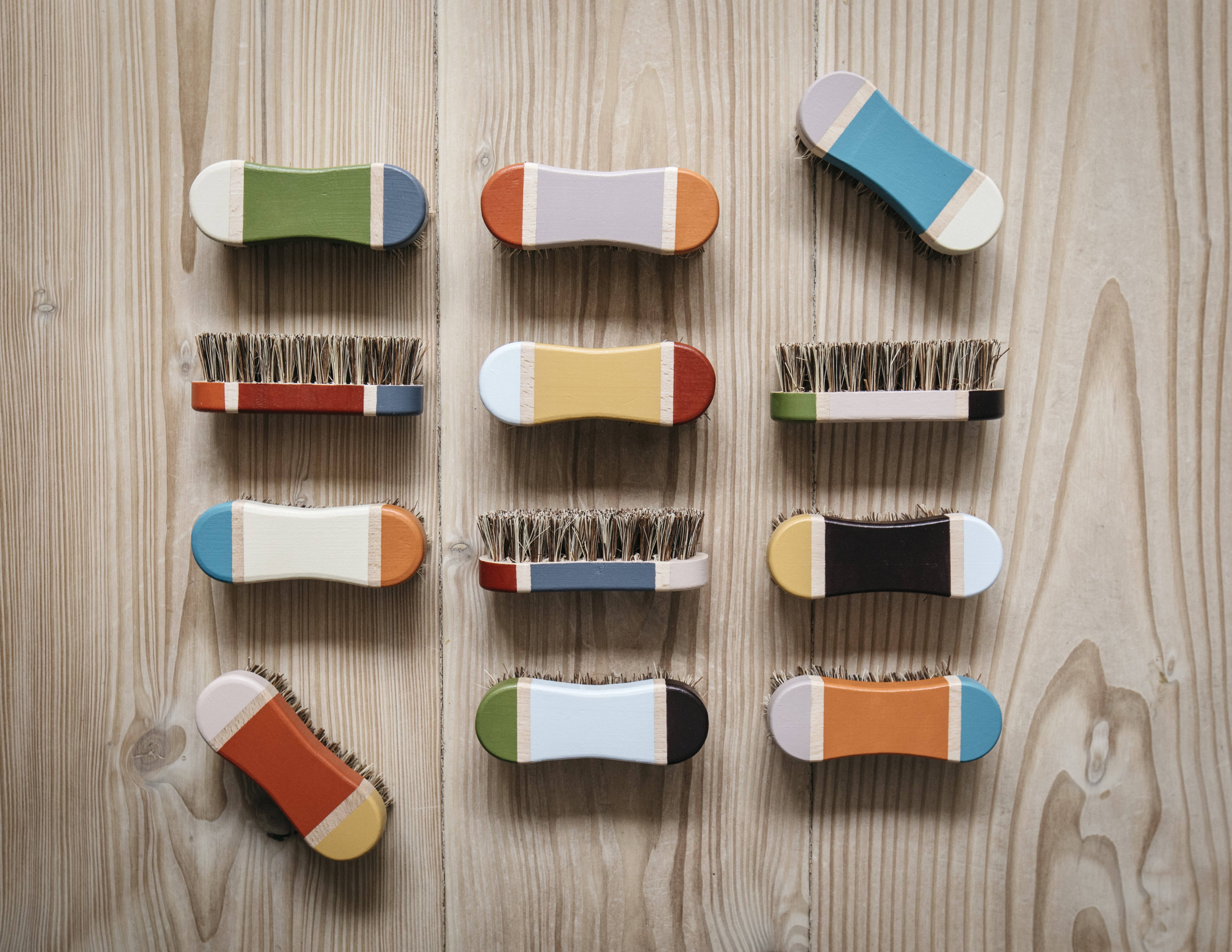
Bearing in mind that a kitchen will be used throughout the day, I’d avoid a room full of punchy colour, which may feel too strong at breakfast time. Otherwise, I encourage you to play with combinations.
Why not? Colour can be so joyful.
Plain English kitchens start from £25,000. For more information, visit www.plainenglishdesign.co.uk.

How to transform a Victorian kitchen with bold colour and Georgian-style joinery
Georgian-style joinery and dark colours lend a cosseting feel to this farmhouse kitchen.
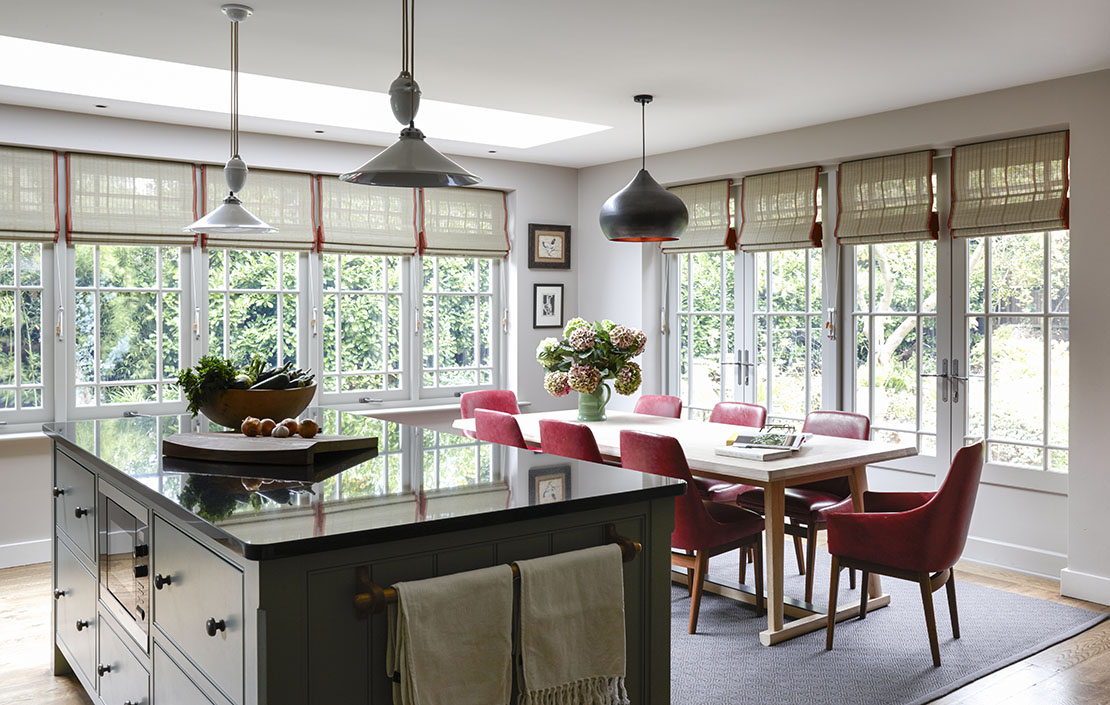
Credit: Jake Fitzjones
How to transform a dark Victorian kitchen into a charming social space with bespoke joinery
Charlotte Crosland redesign project turned into an entire refurbishment when it came to this Victorian house in London, including this
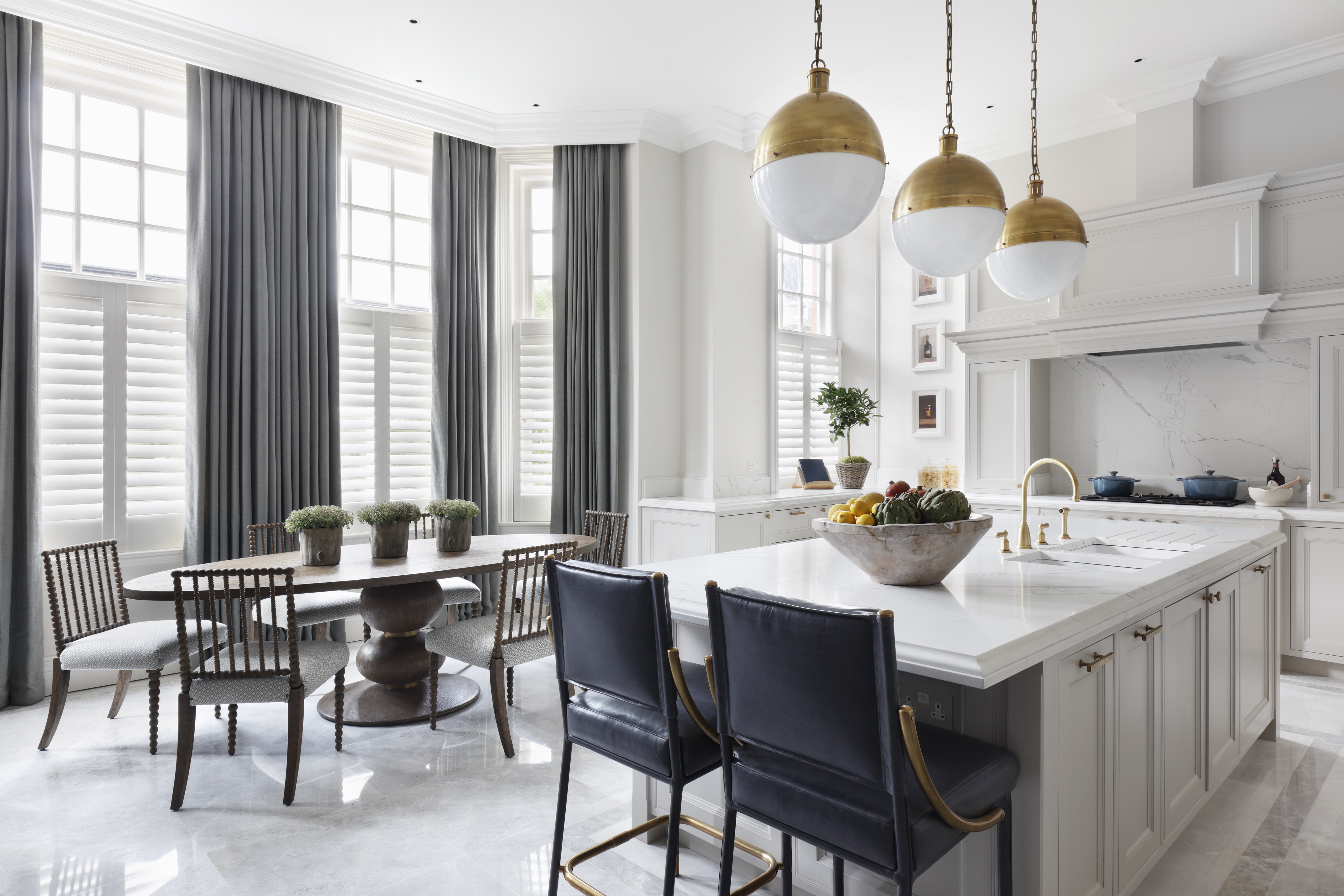
Credit: Turner Pocock
From accountant's office to family kitchen: A social space with warmth and grandeur
Bunny Turner has transformed a former accountant’s office into a family kitchen by removing false ceilings, custom-ordering a table and
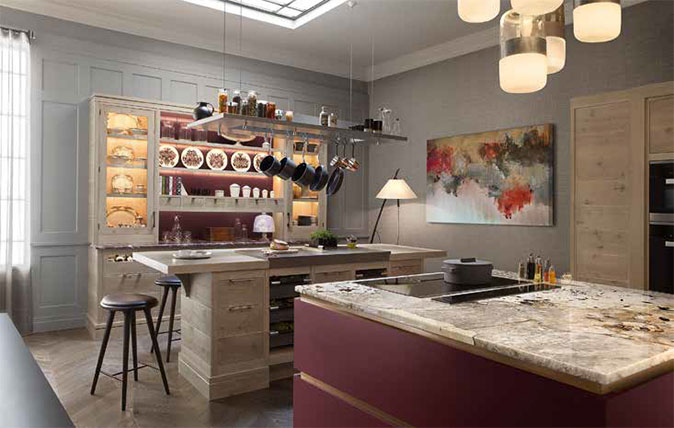
The new kitchen design mantra: Don’t be afraid of the dark
Dark colours and rich materials are creating moody new looks in kitchens, says Amelia Thorpe.
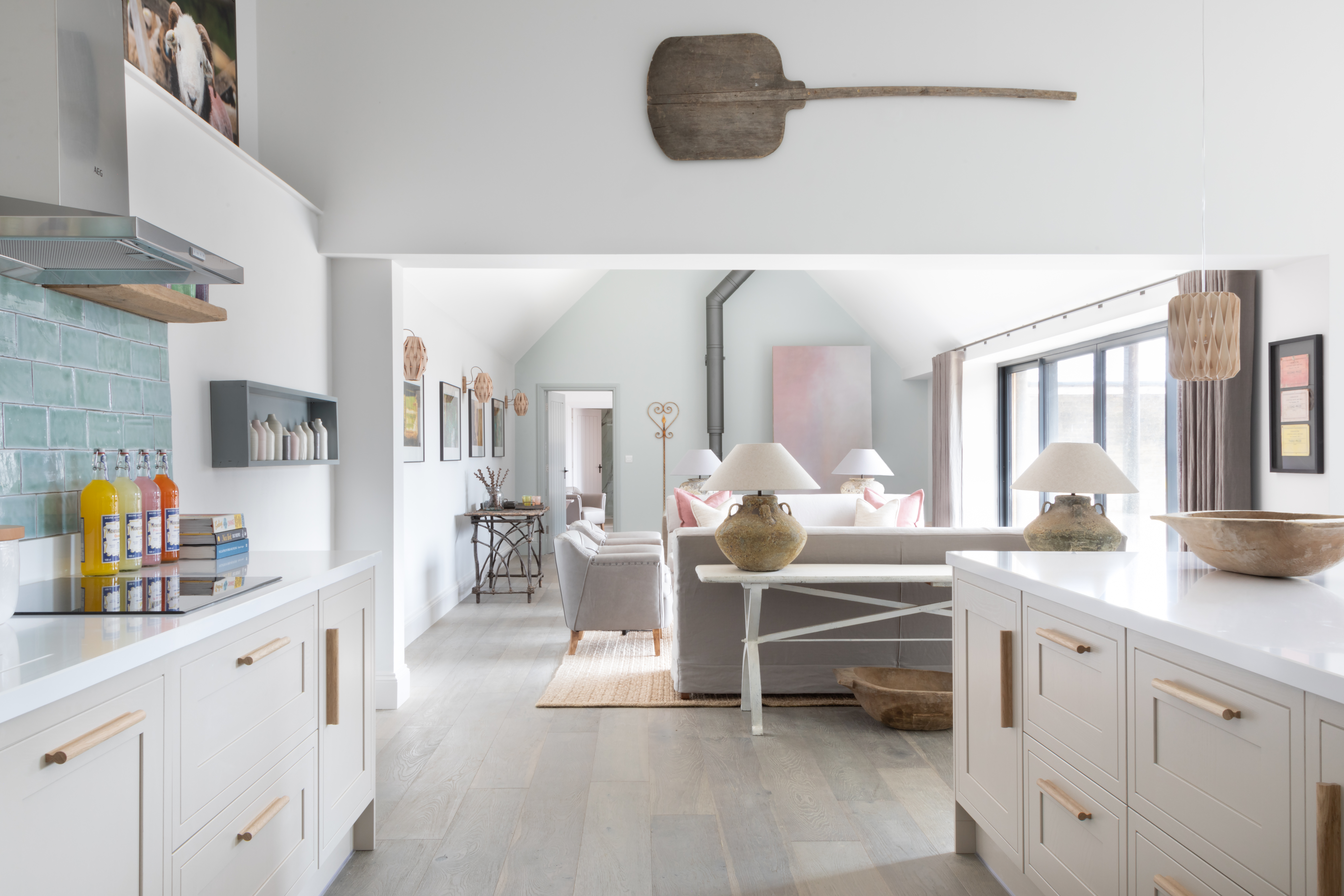
Credit: Paul Craig
How to transform the interiors of a derelict barn into a beautiful holiday let
Pippa Paton has artfully transformed the interiors of a Cotswold barn. Giles Kime takes a look.
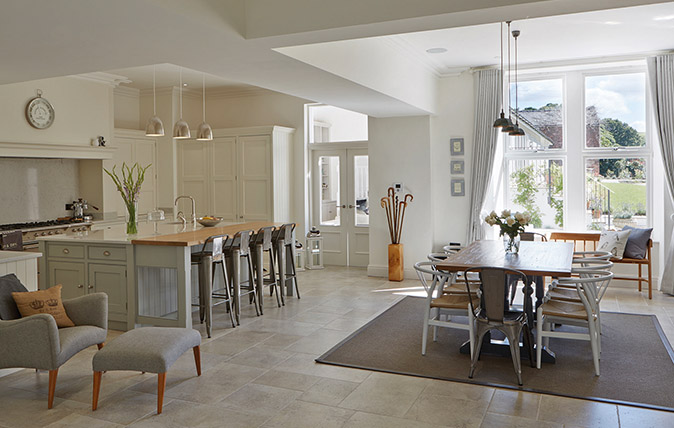
How to design a truly sociable kitchen: ‘It’s hard to believe that there was a time when a kitchen was simply a room for cooking and washing-up’
Kitchens have long been the hub of family life, but designs don’t always reflect that. Amelia Thorpe spoke to kitchen
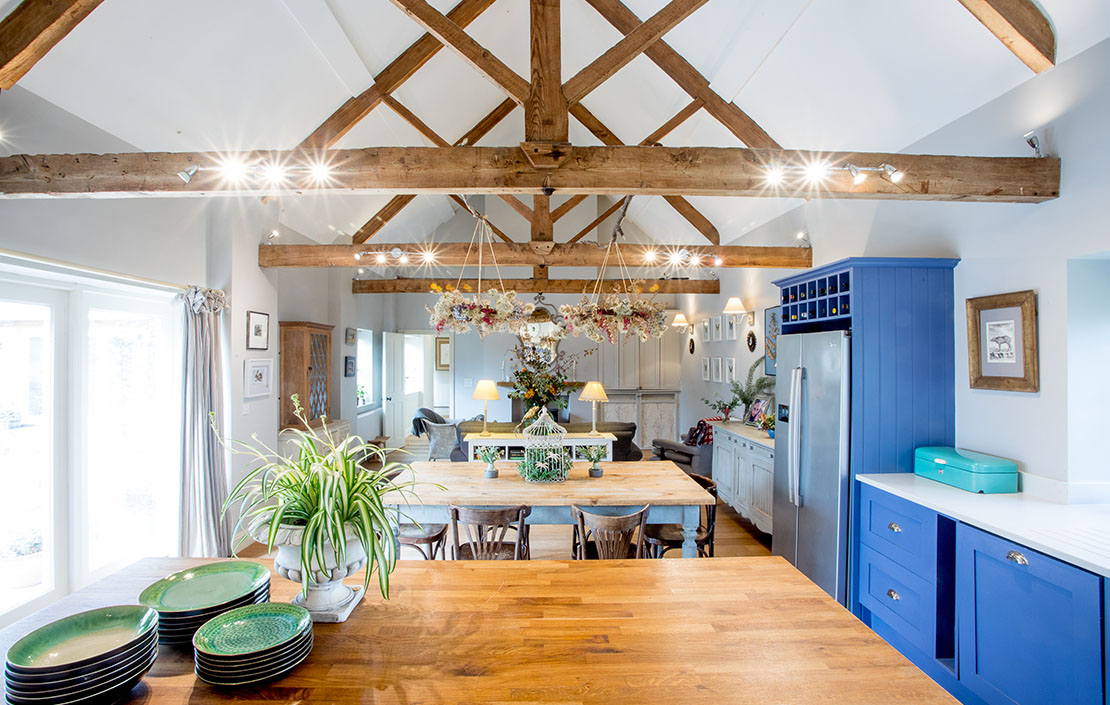
Credit: Millie Pilkington/Country Life P
The abandoned dairy building that has become a stunning four-bedroom country home
Kate Priestley's father transformed this outbuilding into calving pens in the 1990s. It is now home to a rather different
Country Life is unlike any other magazine: the only glossy weekly on the newsstand and the only magazine that has been guest-edited by HRH The King not once, but twice. It is a celebration of modern rural life and all its diverse joys and pleasures — that was first published in Queen Victoria's Diamond Jubilee year. Our eclectic mixture of witty and informative content — from the most up-to-date property news and commentary and a coveted glimpse inside some of the UK's best houses and gardens, to gardening, the arts and interior design, written by experts in their field — still cannot be found in print or online, anywhere else.
-
 A Grecian masterpiece that might be one of the nation's finest homes comes up for sale in Kent
A Grecian masterpiece that might be one of the nation's finest homes comes up for sale in KentGrade I-listed Holwood House sits in 40 acres of private parkland just 15 miles from central London. It is spectacular.
By Penny Churchill
-
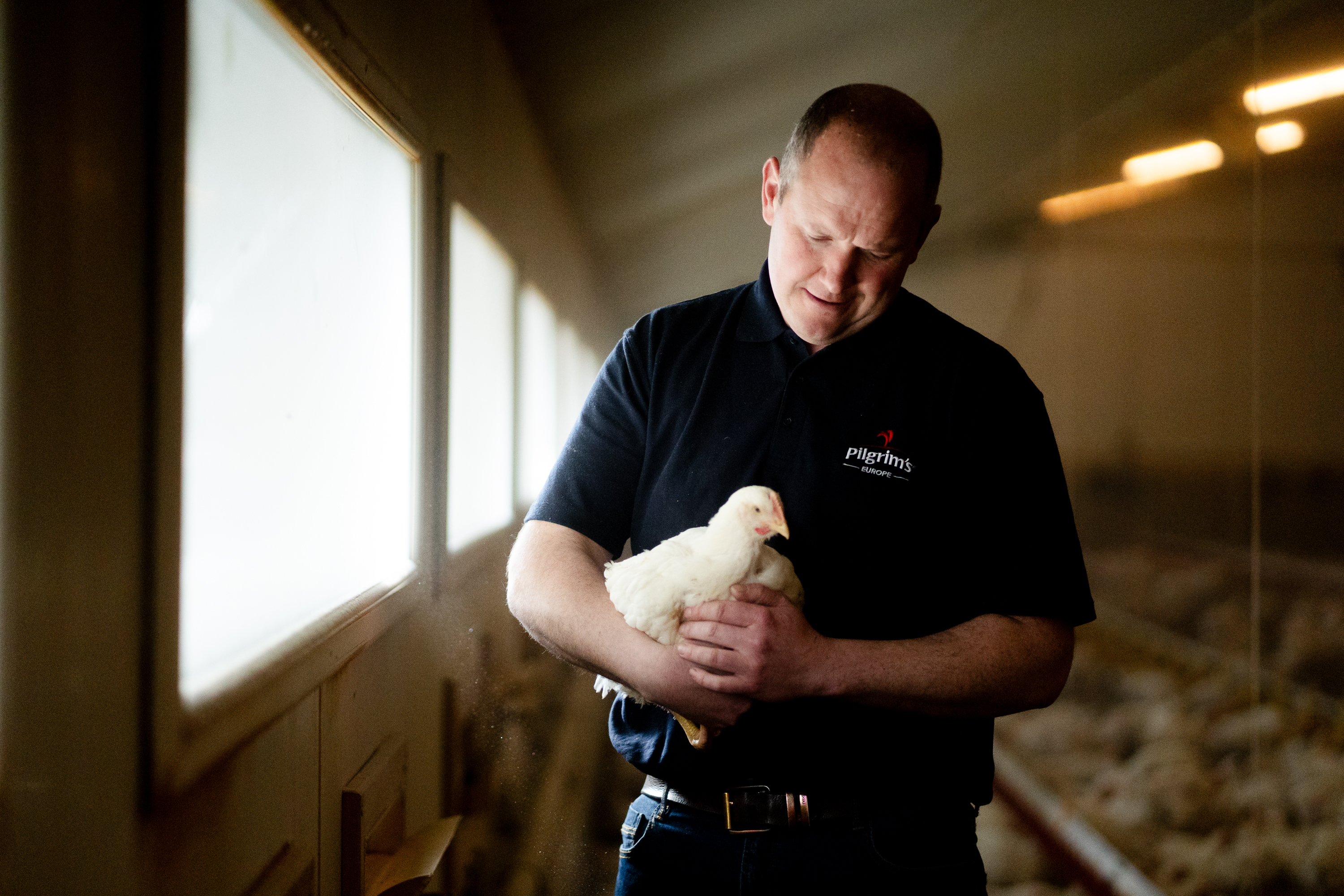 What the cluck? Waitrose announces ‘trailblazing’ pledge to help improve chicken welfare standards
What the cluck? Waitrose announces ‘trailblazing’ pledge to help improve chicken welfare standardsWaitrose has signed up to the Better Chicken Commitment, but does the scheme leave Britain open to inferior imports?
By Jane Wheatley
-
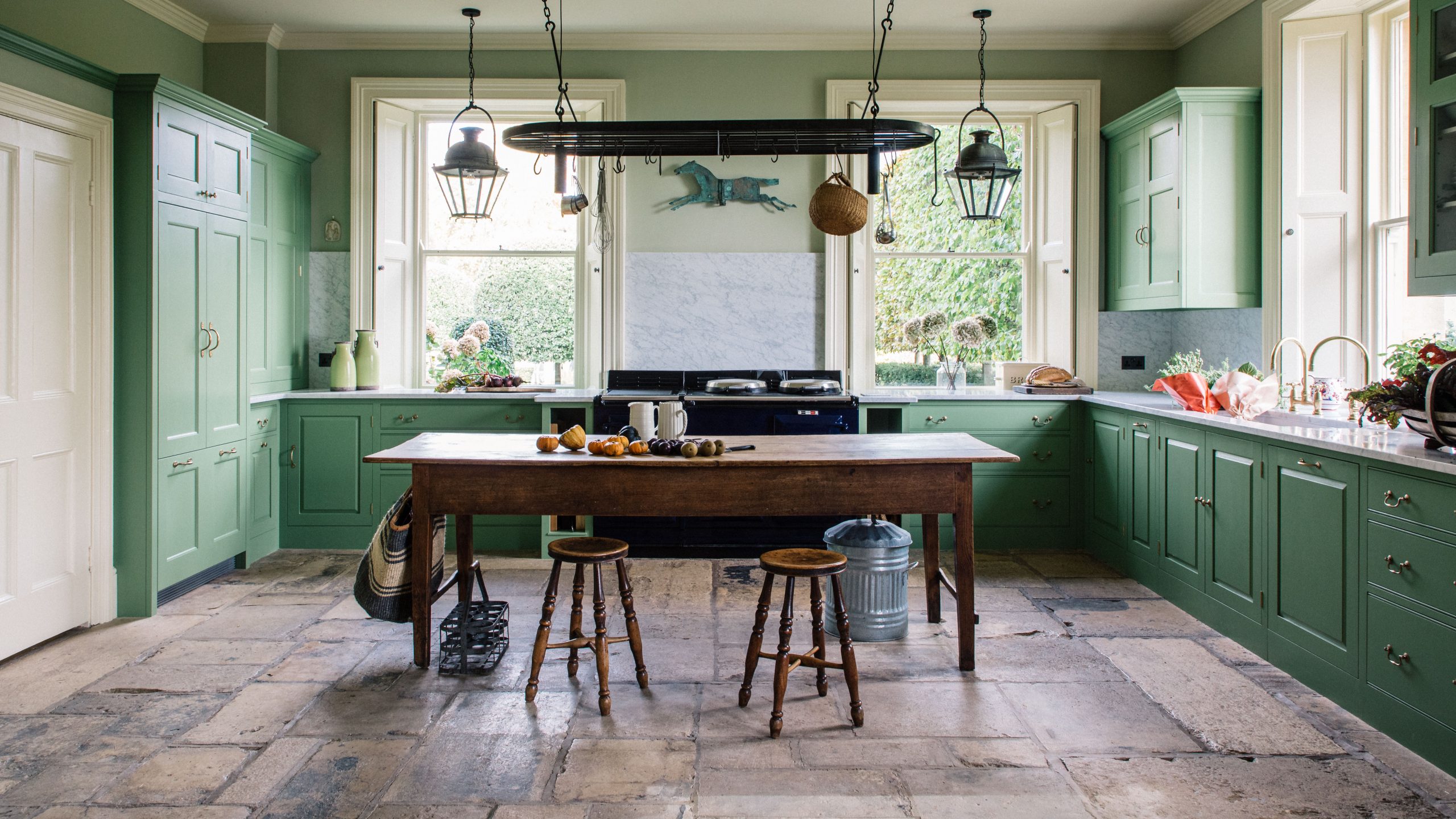 How to create a serene, yet hard-working kitchen
How to create a serene, yet hard-working kitchenPlain English worked with antique dealer Robert Young to make this traditional kitchen with an effortlessly relaxing colour scheme that marries perfectly with the views over beautiful gardens.
By Arabella Youens
-
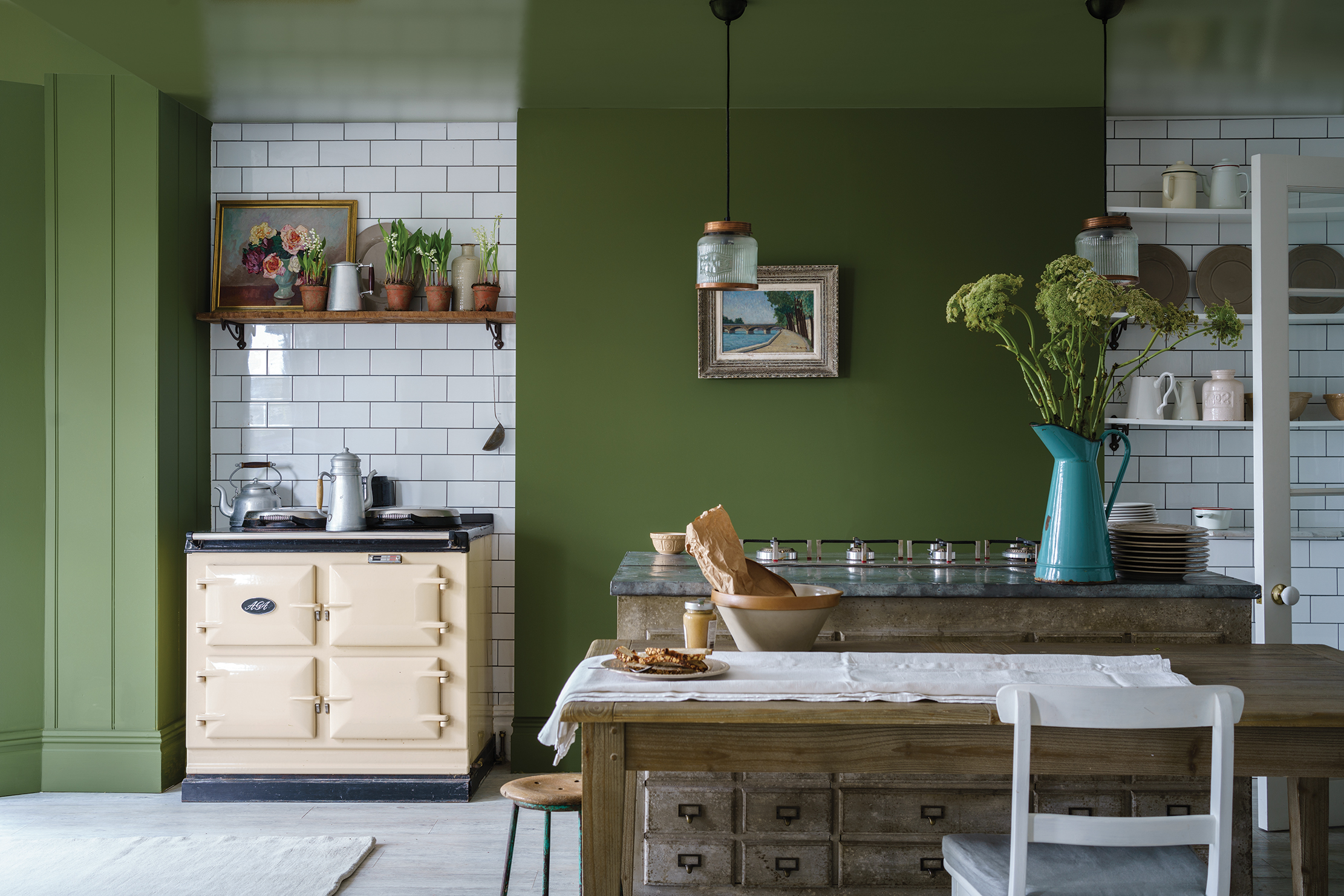 Why kitchens are going green — literally
Why kitchens are going green — literallyGreen is the perfect colour for a kitchen, says Amelia Thorpe.
By Amelia Thorpe
-
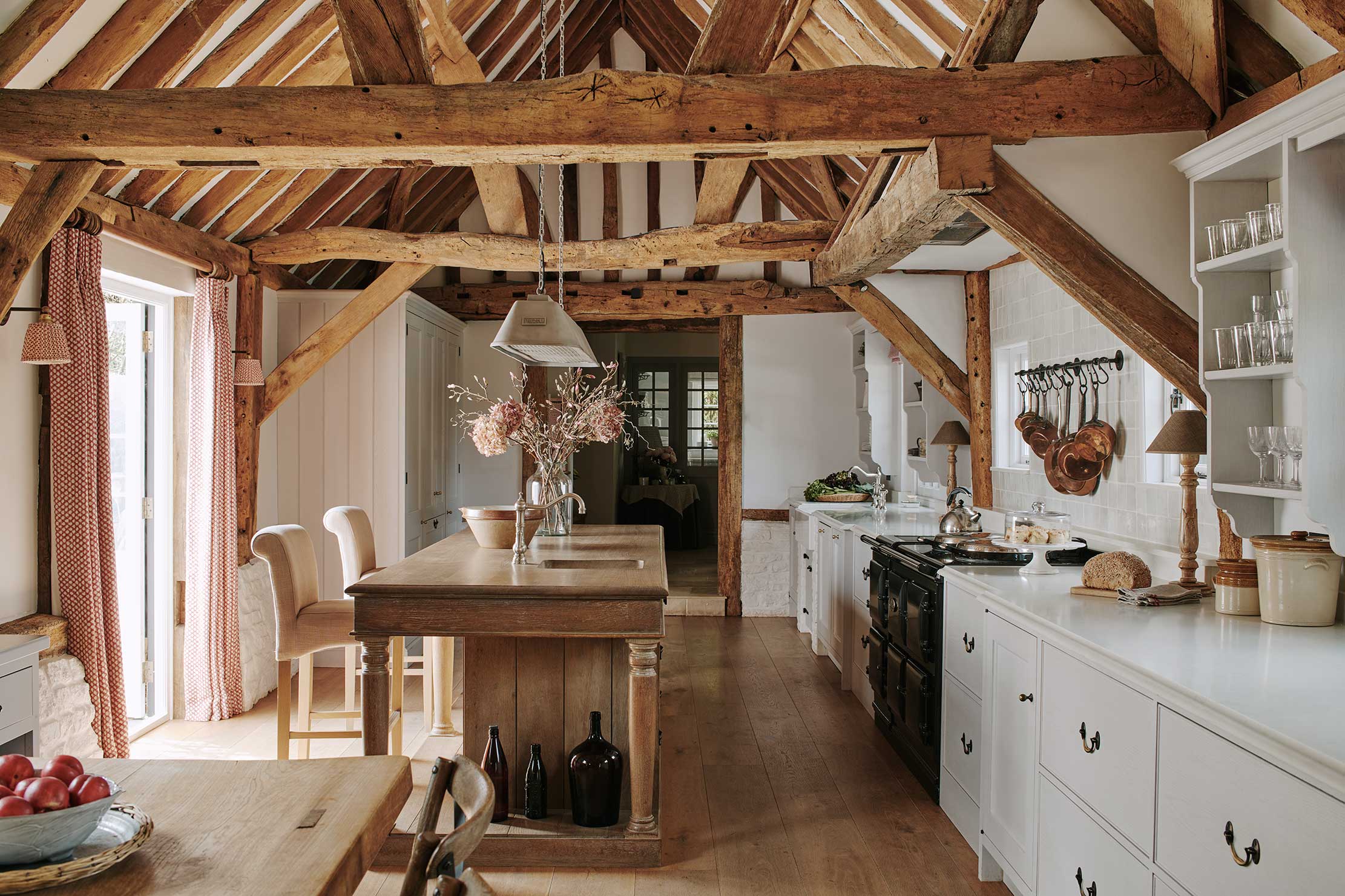 A modern kitchen perfectly framed by the exquisite ancient beams
A modern kitchen perfectly framed by the exquisite ancient beamsArtichoke designed a discreet and timeless kitchen to complement a converted granary. Amelia Thorpe takes a look.
By Amelia Thorpe
-
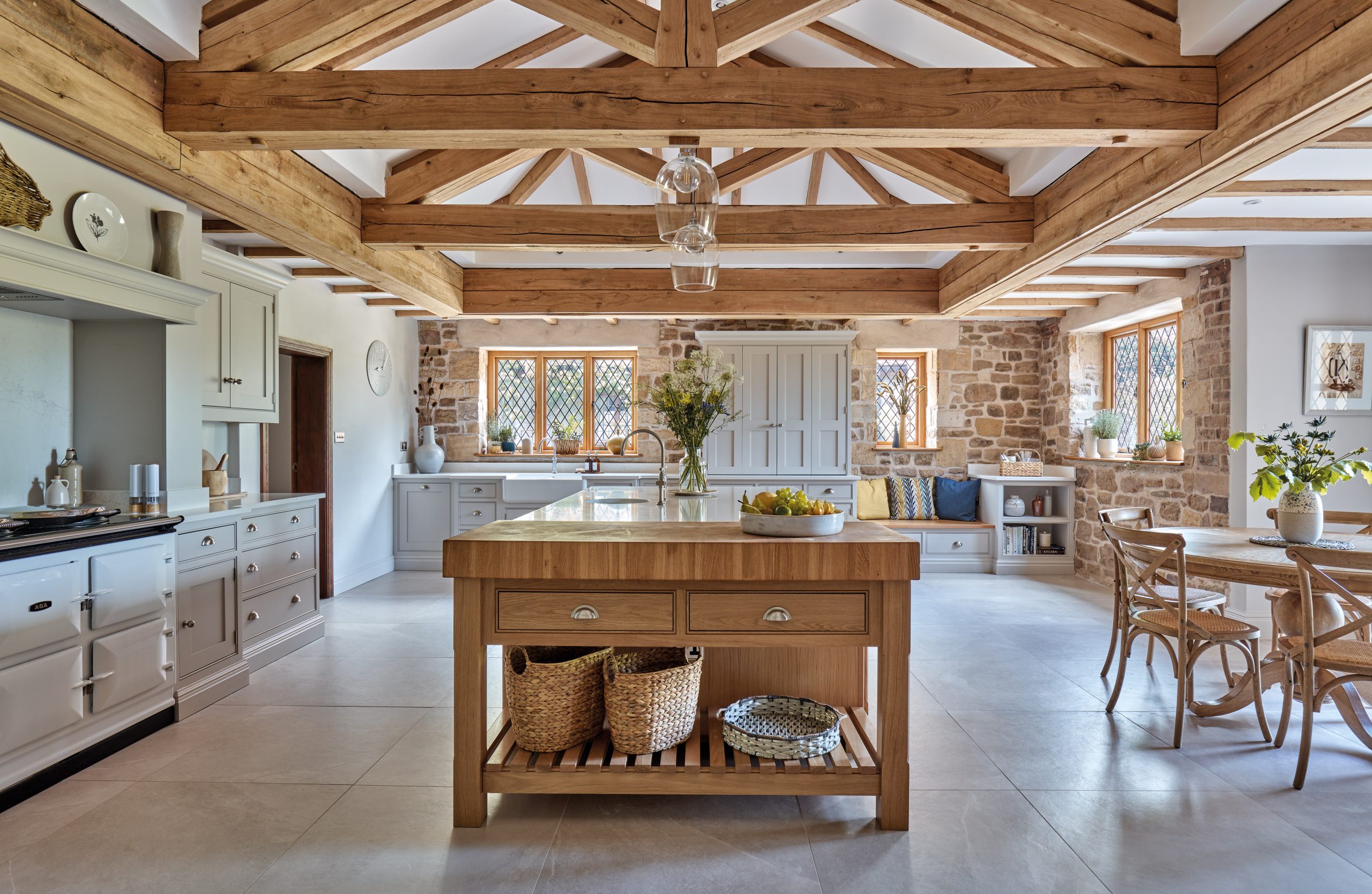 Yes, you can put a new kitchen in a Grade I-listed house — and this beautiful example shows how
Yes, you can put a new kitchen in a Grade I-listed house — and this beautiful example shows howTraditional cabinetry was a key ingredient in the sympathetic restoration of a Grade I-listed Tudor house in Shropshire.
By Arabella Youens
-
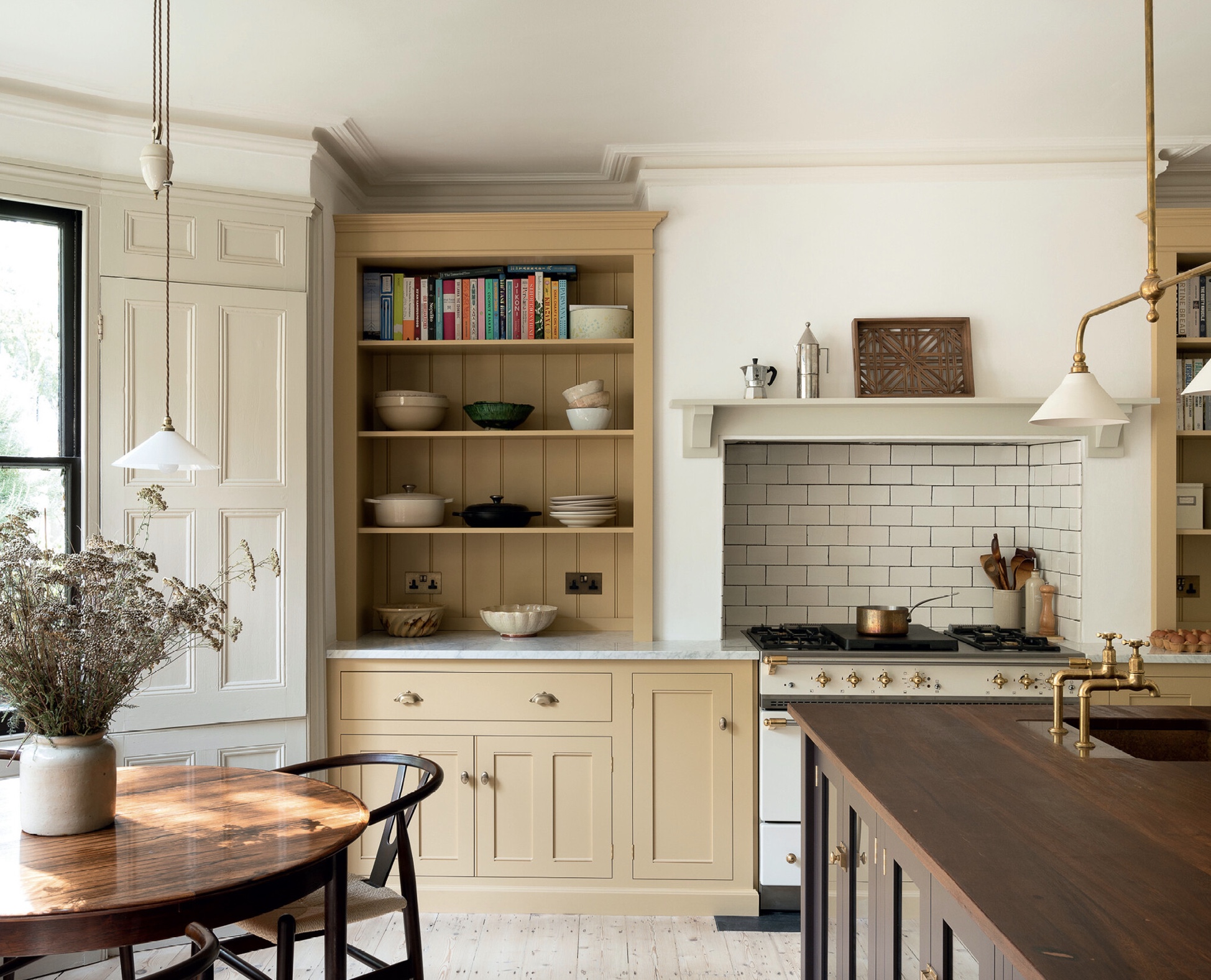 A London townhouse kitchen transformed to be sociable, practical and charming
A London townhouse kitchen transformed to be sociable, practical and charmingThe new owners of this London townhouse have reconfigured it to create a sociable space for cooking and entertaining.
By Arabella Youens
-
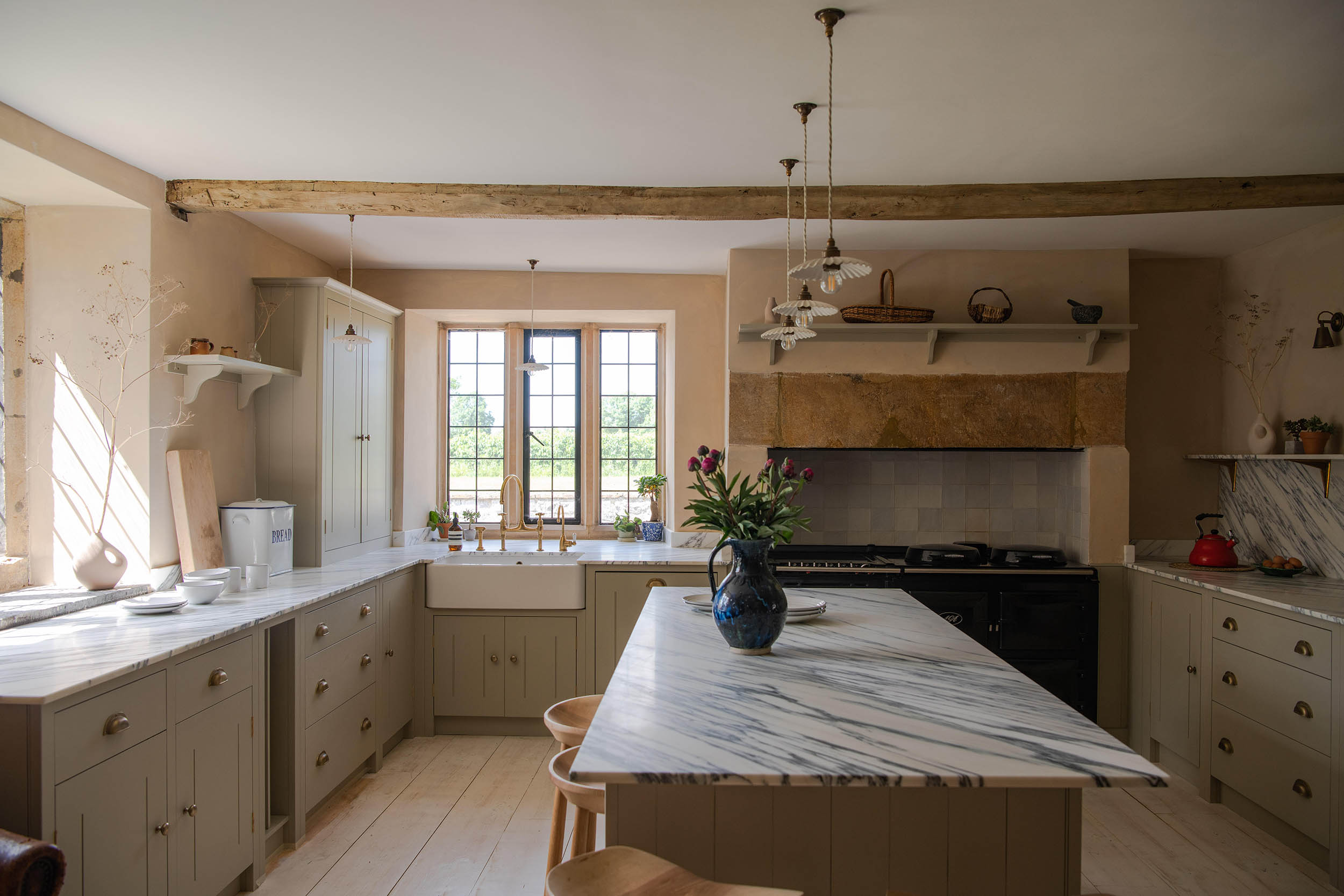 A beautiful new kitchen sympathetically created for a 16th century manor house
A beautiful new kitchen sympathetically created for a 16th century manor houseLimewash walls, a large island and plenty of open shelving combine to create a kitchen that’s sympathetic to this 16th-century manor house in Somerset.
By Arabella Youens
-
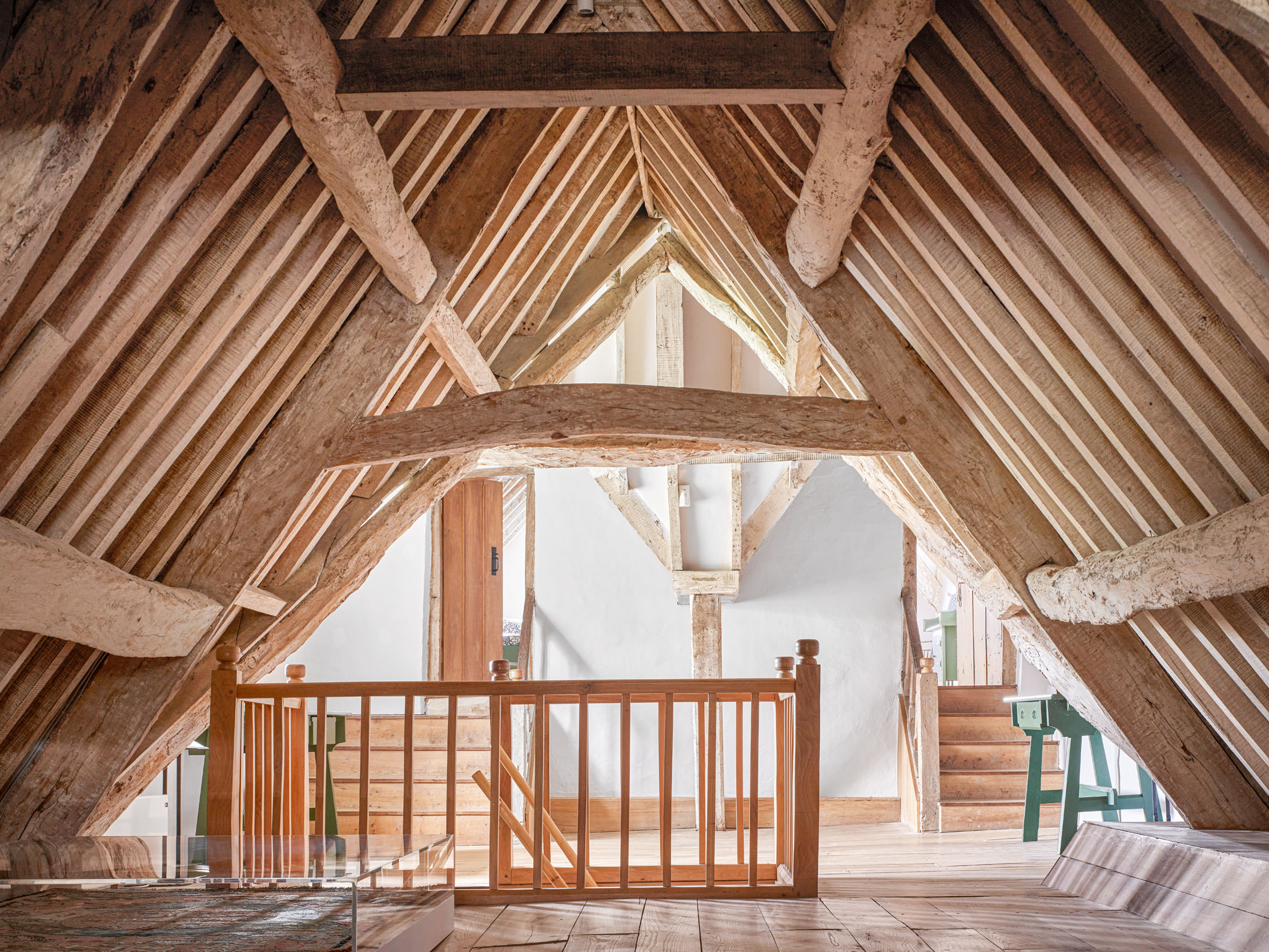 10 things I wish I'd known about doing up old houses before I started, by Country Life's interiors guru Giles Kime
10 things I wish I'd known about doing up old houses before I started, by Country Life's interiors guru Giles KimeCountry Life’s executive editor and resident interiors expert Giles Kime shares the lessons he’s learnt from the experience of dragging a succession of houses into the 21st-century.
By Giles Kime
-
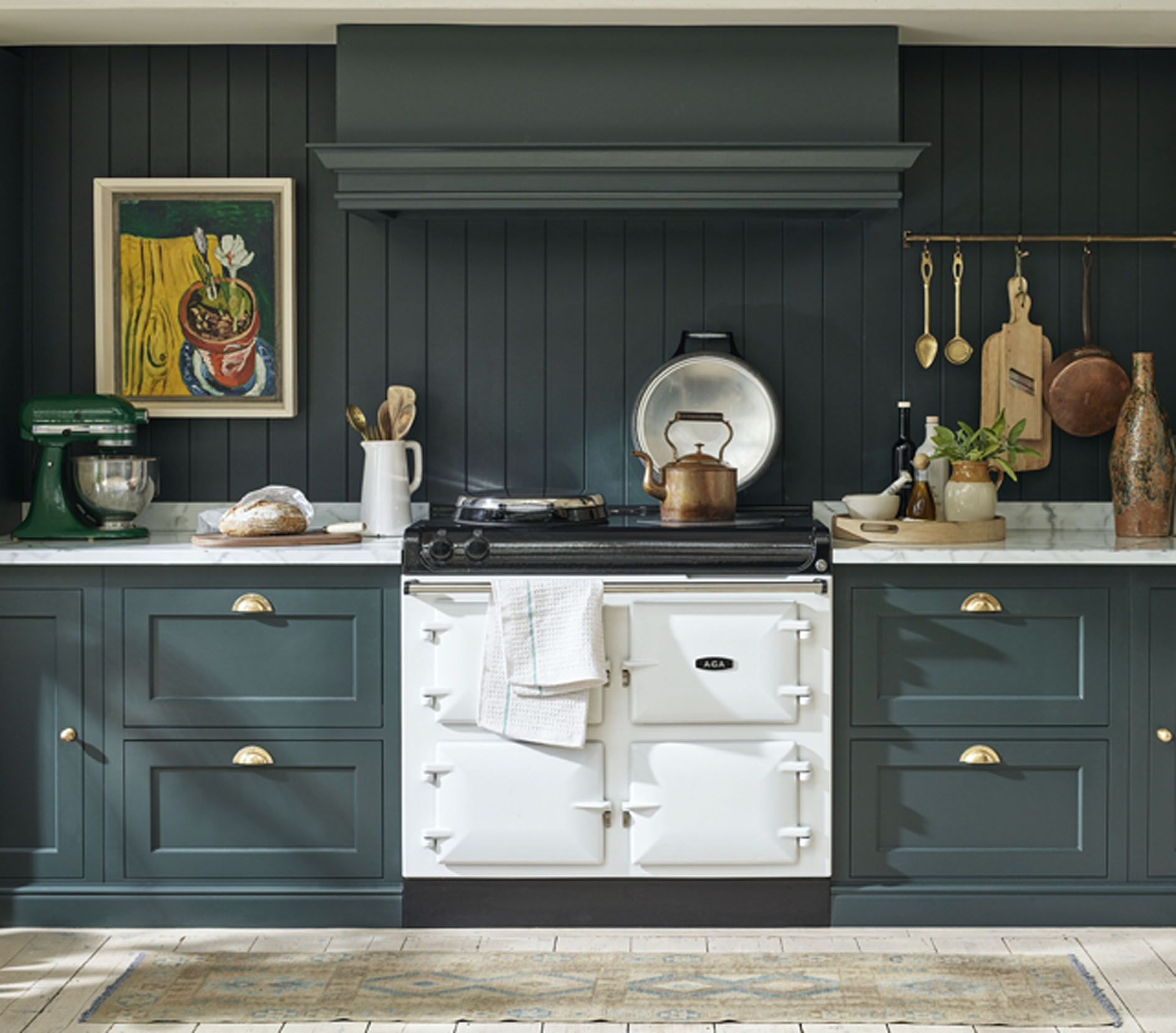 Seven beautiful new looks in kitchens, from classic cabinetry to 80s revival
Seven beautiful new looks in kitchens, from classic cabinetry to 80s revivalThe latest looks in the kitchen, selected by Amelia Thorpe.
By Amelia Thorpe